A Taste of Japan - Miso

A traditional fermented seasoning, miso is used in a variety of ways. From the breakfast table to an oden shop, and even out in the garden, discover how miso brings out the best in seasonal dishes! You might want to try it yourself in your cooking.
Miso is a traditional Japanese seasoning used in cooking both traditional and modern dishes. It’s a fermented mash and is commonly made from soybeans and salt. Sometimes rice and barley are also used. Koji, a culture of Aspergillus oryzae, as well as yeast and lactobacillus act on the mash, which is fermented over a period of months and up to two years.
Miso’s origins are traced back to China from where other fermented soy-based foods were also introduced to Japan during the 6th century. However, it wasn’t until Japan’s Muromachi era (1336 - 1573) that the soybeans were first mashed, creating the paste like texture we are familiar with today.
Types of Miso

There are three types of miso, White (Shiro miso), Red (Aka-miso), and Blended (Awase miso). White miso is characteristically mild in taste, and slightly sweet, whereas Red miso has a pronounced flavour, as a result of a longer fermentation period. Blended miso is as the name suggests a blend of the different types.
White miso is more commonly used in the kitchen, as its mild taste lends it to a wider variety of uses. Visitors who are interested in trying it for themselves at home will find all types available in supermarkets and department stores across Japan.
Part of a Traditional Japanese Breakfast
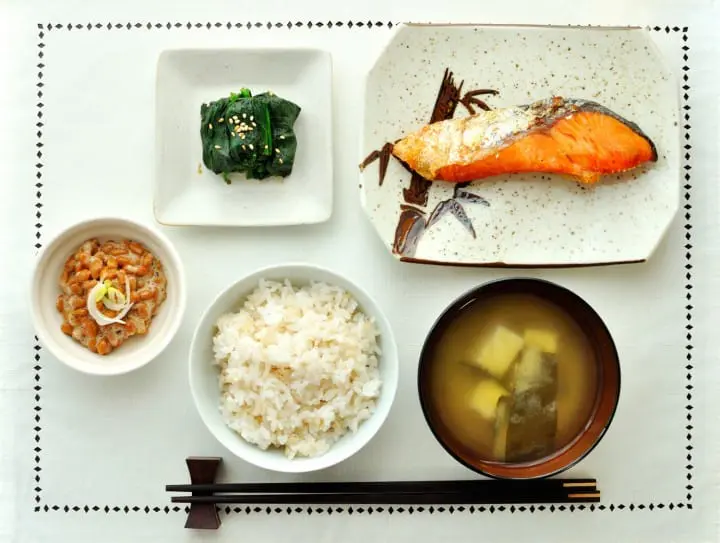
The iconic image of miso is as the miso soup served as part of a typical Japanese breakfast.
Read also:
Having miso soup for breakfast is so common that it resulted in a Japanese proverb: "One soup, three dishes" (ichi ju, san sai). This proverb conveys the importance of a nutritionally balanced meal consisting of rice, three side dishes, and soup (typically miso).
Miso though has a variety of uses beyond only soup. It’s used just as often in pickling, stewing, and marinating, plus one more that I only recently discovered - in cooking the sauce for Oden, a classic Japanese winter dish.
Oden, a Japanese Winter Dish
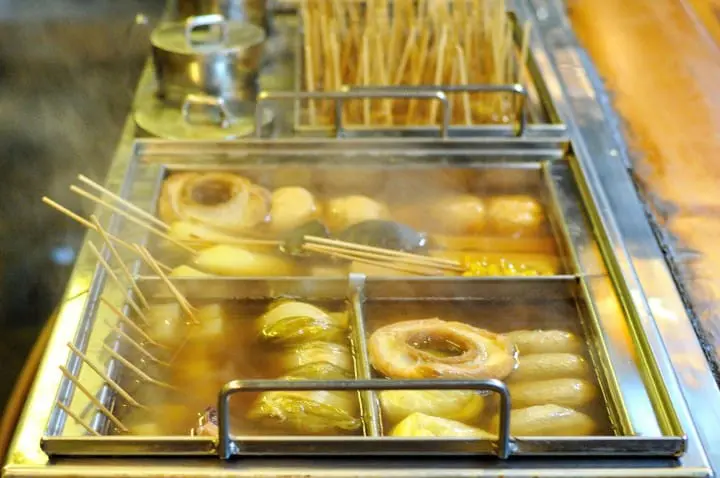
Oden is a traditional Japanese dish, in which various ingredients such as sliced radish, boiled eggs, tofu, beef, and others are simmered in dashi, a traditional cooking stock. Although it can be found on menus in various types of eateries including convenience stores, I tend to look for restaurants that specialize in it.
Ginger Miso Sauce and Oden
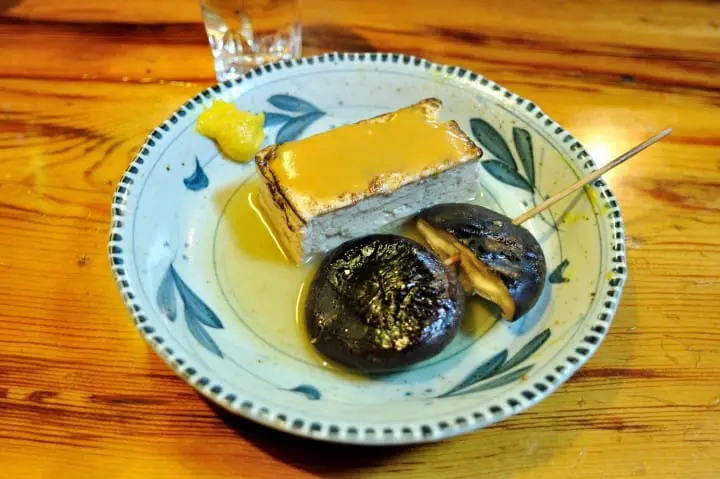
Typically oden is served with a tinge of karashi (spicy mustard), but what brought me here was the ginger-miso sauce. The recipe for the sauce is original (and, top secret!), and is served with certain items only. For example, the simmered tofu was served with the sauce to enhance its flavour, whereas the rich tasting shiitake mushroom was best enjoyed as is.
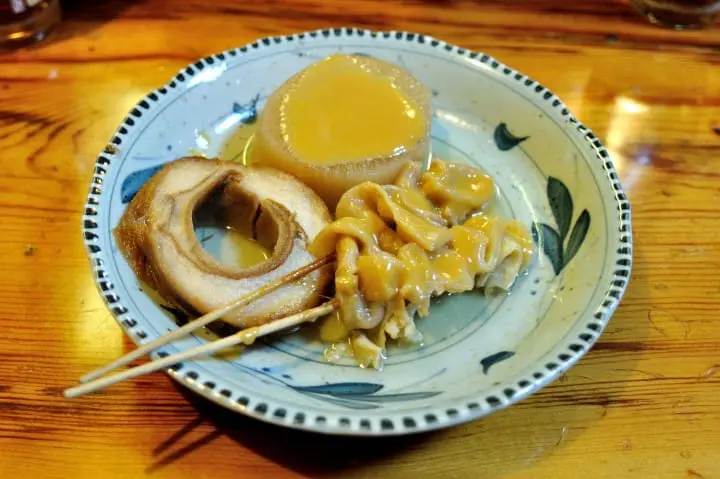
The taste combination between the spicy ginger and the creamy sweet miso worked wonderfully on the simmered daikon, a winter radish, and beef skewer.
Ginger Miso Sauce and Pork Katsu

The pork katsu, a deep fried breaded pork cutlet, on the menu board was practically calling out my name. The richness of the ginger-miso sauce atop the richness of the deep fried cutlet was heavenly, and the evening’s grand finale.
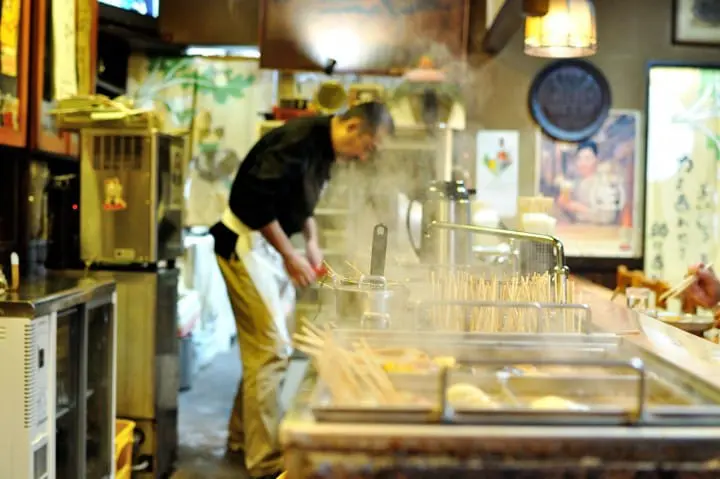
Oden is comfort food for the winter, and I can think of few better ways to while away a cold winter hour than tucking into a few steamy dishes at a counter.
Better yet with the ginger miso sauce discovery, I had a new plan to tie on an apron and hop back into the kitchen and try my hand at making some at home.
But first, I would need some fresh daikon.
Cooking with Daikon, a Winter Radish

I thought to try the sauce out on some simmered daikon. I have the fortune of living next to a neighbor who’s as amazing at gardening as he is generous. As mid-winter approaches and the garden swells with daikon, I sometimes come home to find some left out upon my doorstep.
Personally, that's an aspect of Japan's food culture that I love. There's very much a seasonal approach in using ingredients, and so what's on the stove in the winter is often entirely different for the summer. Ingredients used often abide by the seasons.
The Rich Taste of Miso
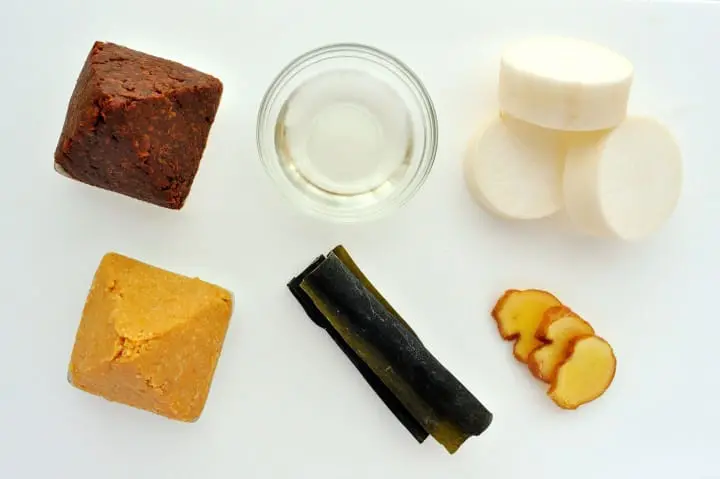
When preparing a traditional Japanese dish, I still marvel sometimes at the sparing use of ingredients. This can be attributed to the complexity and richness in taste already present in the seasonings, such as miso.
I used dried kelp (kombu) and dried bonito flakes to make the dashi in which I simmered the slices of daikon. In preparing the ginger-miso sauce, I heated cooking sake, before adding mirin and white miso, and after cooling a bit I mixed in the grated ginger.
Ginger Miso Sauce over Simmered Daikon

Voila! Not quite there in taste, but close enough, I think, for another go.
In Conclusion
Miso is a traditional Japanese seasoning with a versatility in cooking that surprises. During your visit enjoy a bowl of miso soup, but also look for a taste of it in a light crisp dressing, earthy rich pickle, or hidden somewhere in a master chef’s secret original recipe!
If you find yourself wanting to experiment with miso paste in your own kitchen, it can be found in markets throughout Japan, as well as at international markets abroad.
Hoping to share on some of the wonderful places and faces to be found here in Japan.

































![[Coupon Available] Attention Overseas Winter Sports Fans! Nagano's Sports Depot Has Evolved](https://resources.matcha-jp.com/resize/720x2000/2026/01/05-254819.webp)
![[2 hours from Tokyo ] 10 Quiet and Breathtaking Views of Mount Fuji in Yamanashi Hokuto City , Yamanashi - Part 2](https://resources.matcha-jp.com/resize/720x2000/2025/12/16-253037.webp)
